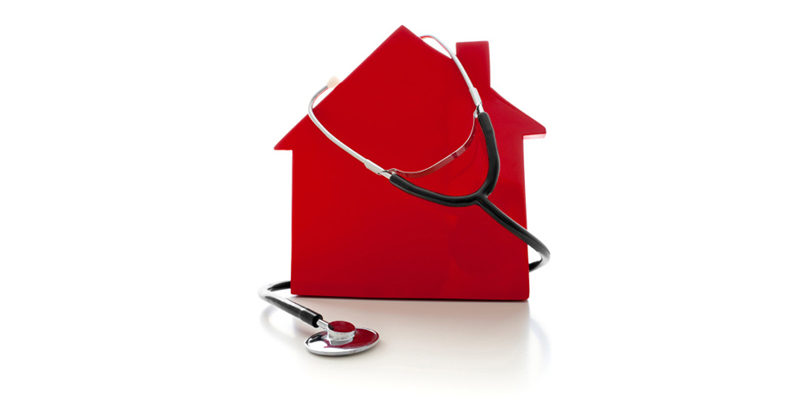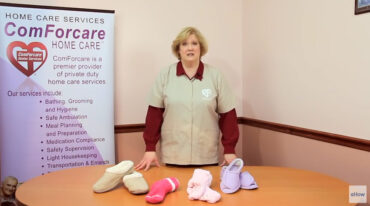As we age, healthcare issues can become a huge concern for older Americans. “Americans turning 65 this year can expect on average to pay $138,000 in future long-term care services and supports (LTSS) costs,” according to a new report by the U.S Office of the Assistant Secretary for Planning and Evaluation (ASPE).
The report further states, “Health insurance does not cover LTSS costs, and Medicare, the major public insurance program for older Americans, does not cover most LTSS expenses.” These costs can be particularly daunting, especially during retirement when many people have to rely on fixed incomes.
There is potential good news: If you are a homeowner 62 or older, you may be able to use a reverse mortgage to help supplement retirement cash flow to help pay for:
- Healthcare Expenses
- Home Modifications
- In-home Care
- Long Term Care Insurance
Reverse mortgages allow older homeowners to convert part of the equity in their homes into cash without having to sell their home or take on additional monthly bills. Oftentimes, having the burden of no more monthly mortgage payments* is enough to rescue homeowners from rising healthcare costs. The borrowers continue to live in and own their home.
Many older homeowners’ needs are unique, but a desire to enjoy an enriched life in your own home is commonly shared. These homeowners are discovering that their adult children are supportive of their desire to obtain a reverse mortgage Unlike a traditional home equity loan or home equity line of credit, a reverse mortgage doesn’t have to be repaid until the last surviving borrower no longer lives in the home, or the home is sold. If the borrower does not meet loan obligations such as taxes and insurance, and maintaining the condition of the home, then the loan will need to be repaid.






